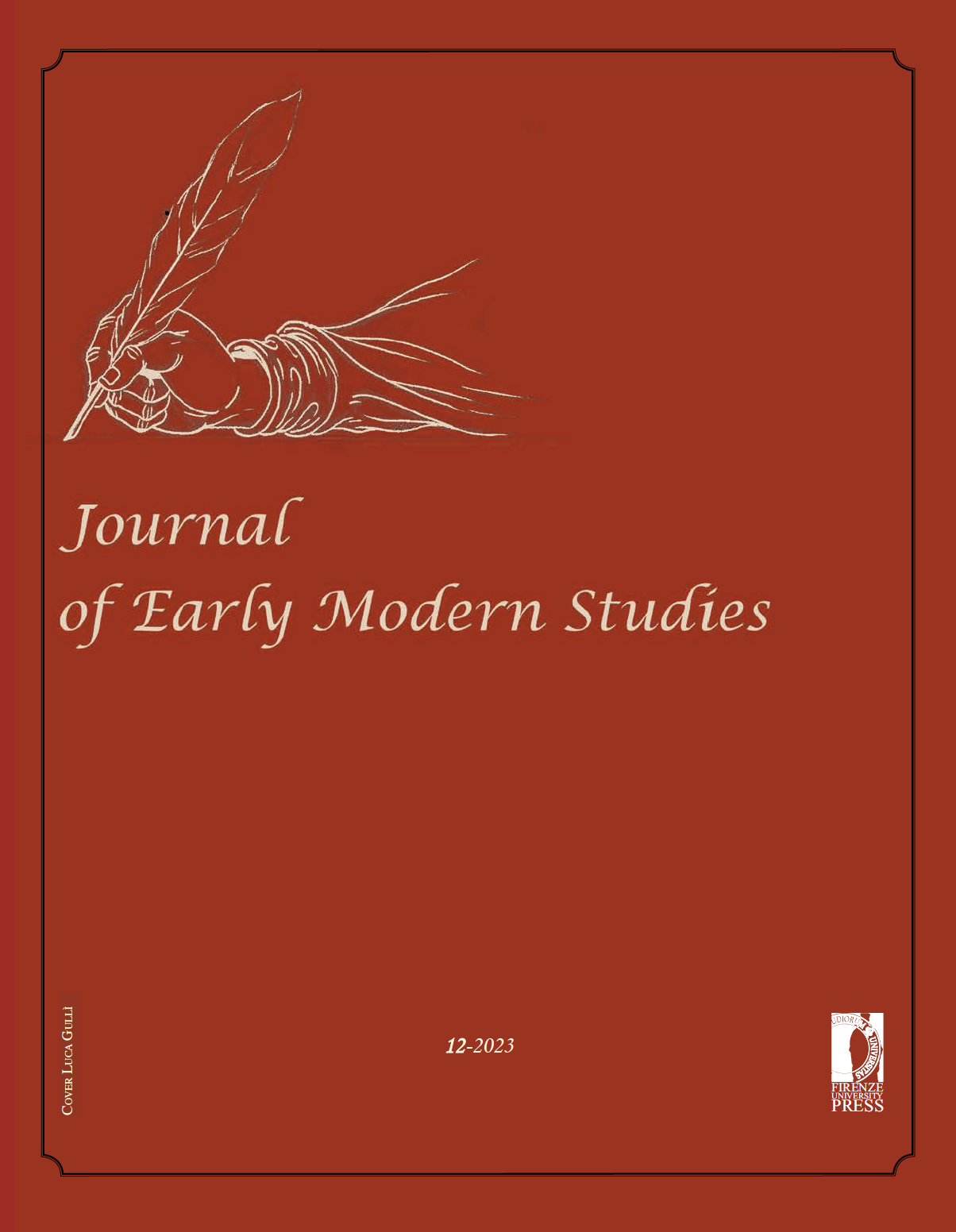Published 2023-03-19
Keywords
- André Thevet,
- Giovanni Battista Ramusio,
- John Dee’s marginalia,
- Richard Hakluyt,
- Sebastian Münster
How to Cite
Copyright (c) 2023 Margaret Small

This work is licensed under a Creative Commons Attribution 4.0 International License.
Abstract
In the mid-sixteenth century, the study of cosmography was in a state of upheaval in Western Europe, for the European voyages of exploration had disrupted the old ideas of the nature and structure of the world. As a consequence, cosmographers and geographers struggled to accommodate the ever-expanding influx of new empirical knowledge into their works. In the 1550s the Venetian Giovanni Battista Ramusio compiled the Navigationi et viaggi, initiating a new form of geography which endeavoured to present a world cosmography through the eyes of travellers, ideally transmitting the knowledge gained from an age of exploration. In framing his work, Ramusio used both his knowledge of the classics and his humanist editorial skills, while his tests for inclusion derived from attested observation. Over seventy narratives, originally written in a variety of languages, were presented by Ramusio in vernacular Italian and skilfully woven together with intervening Discorsi, written by Ramusio by way of commentary. Ramusio’s forensic editorial skills, mastery in acquiring texts which had hitherto seen little or no printed circulation, diligence in translating, editing and presenting them in an accessible format made his work invaluable. Proposals to republish it in French or English, however, never came to fruition; therefore, scholars had to turn to the vernacular Italian for the information. The article examines how theNavigationi et viaggi became a bedrock of European geographical knowledge examining, in particular, its use by the English geographer John Dee and the French cosmographer royal, André Thevet. It shows how the travellers’ tales, mediated through the hands of a sedentary Venetian, crisscrossed Europe and became fundamental in creating a new geographical understanding dependent on the words of the eyewitness.

